Description
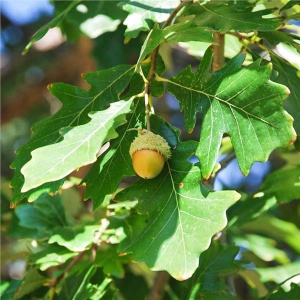 Quercus bicolor
Quercus bicolor
Swamp White Oak
Quercus bicolor, commonly called Swamp White Oak, is a medium sized, deciduous tree with a broad, rounded crown and a short trunk which typically grows at a moderate rate to a height of 50-60′ (sometimes larger). Leaves are dark, shiny green above and silvery white beneath, with 5-10 rounded lobes or blunt teeth along the margins. Fall color is yellow, but sometimes reddish purple. Insignificant flowers in separate male and female catkins in spring. Fruits are acorns which mature in early fall. Indigenous to north, central, and eastern Missouri in moist to swampy locations in bottomlands and lowlands, such as along streams and lakes, valleys, floodplains and at the edge of swamps. Also has surprisingly good drought resistance.
Characteristics
Type: Tree
Family: Fagaceae
Native Range: Northeastern North America
Zone: 3 to 8
Height: 50.00 to 60.00 feet
Spread: 50.00 to 60.00 feet
Bloom Time: April
Bloom Description: Yellowish green
Sun: Full sun
Water: Medium to wet
Maintenance: Low
Suggested Use: Shade Tree, Street Tree, Rain Garden
Flower: Insignificant
Leaf: Good Fall
Attracts: Birds
Tolerate: Wet Soil
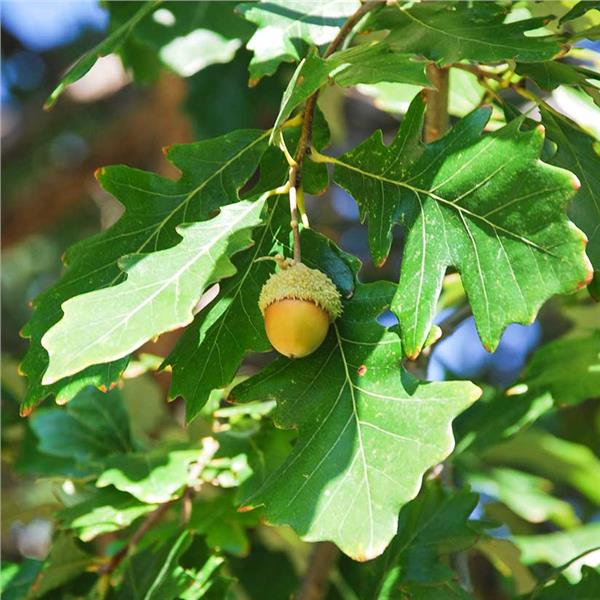
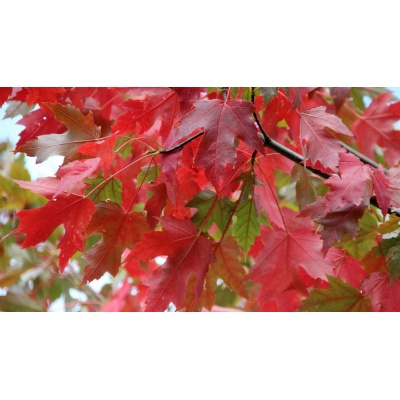
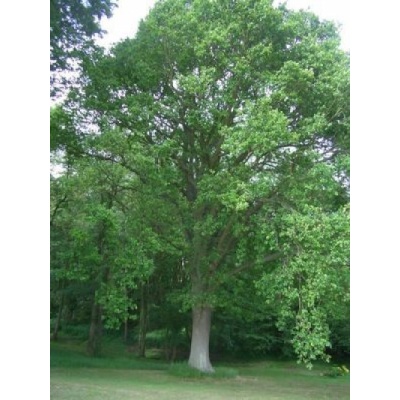
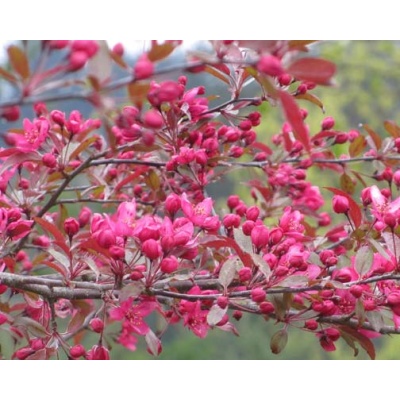
Reviews
There are no reviews yet.